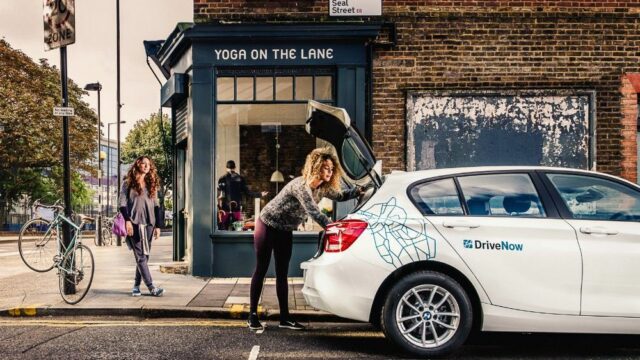Everybody wants a piece of the pie right now. How big will it be?
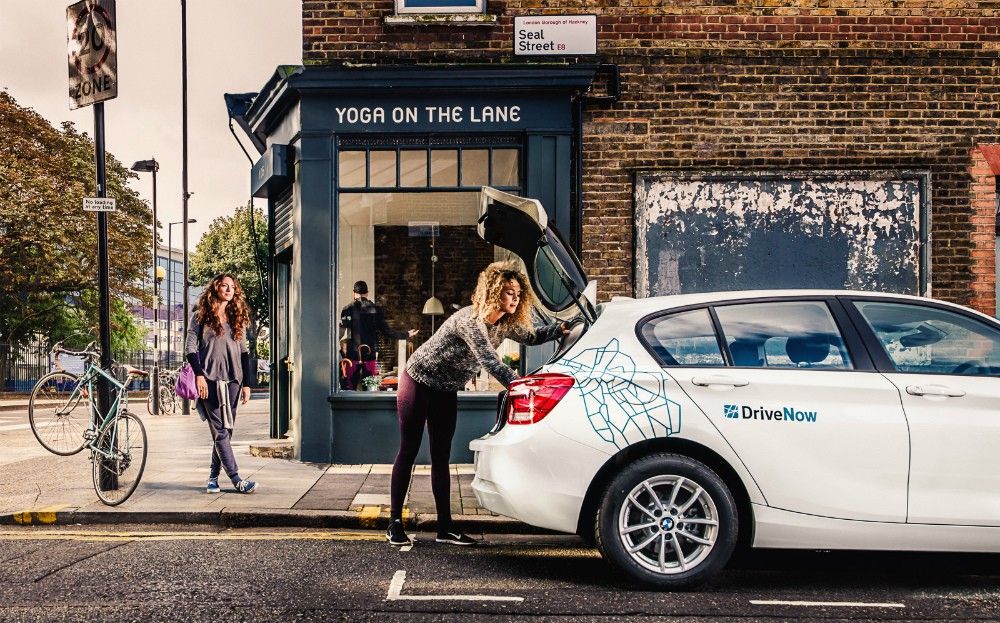
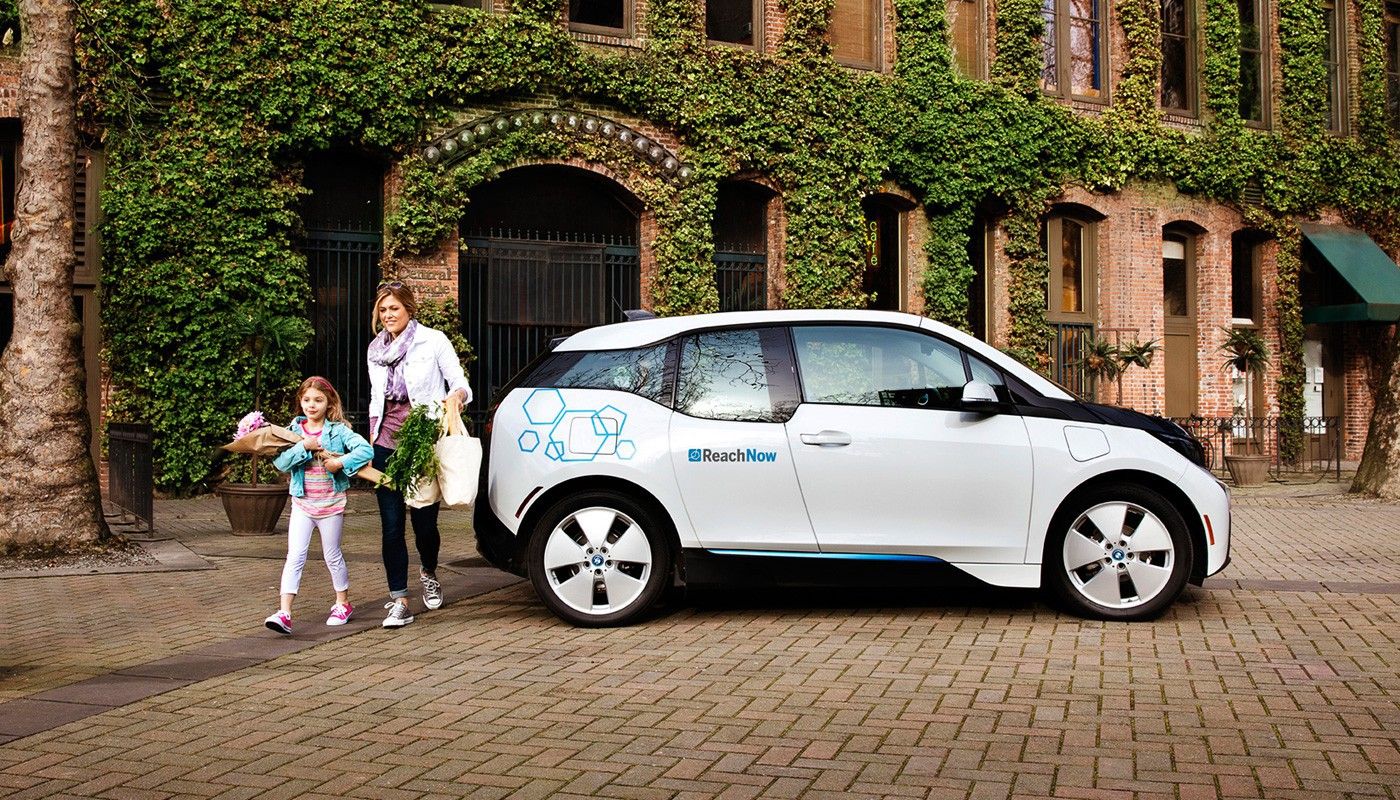

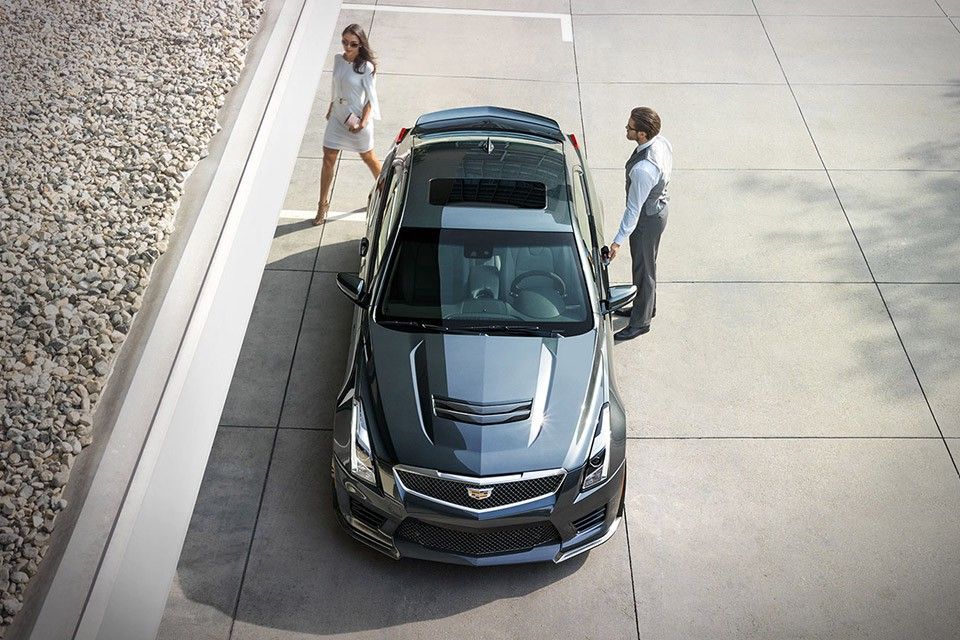

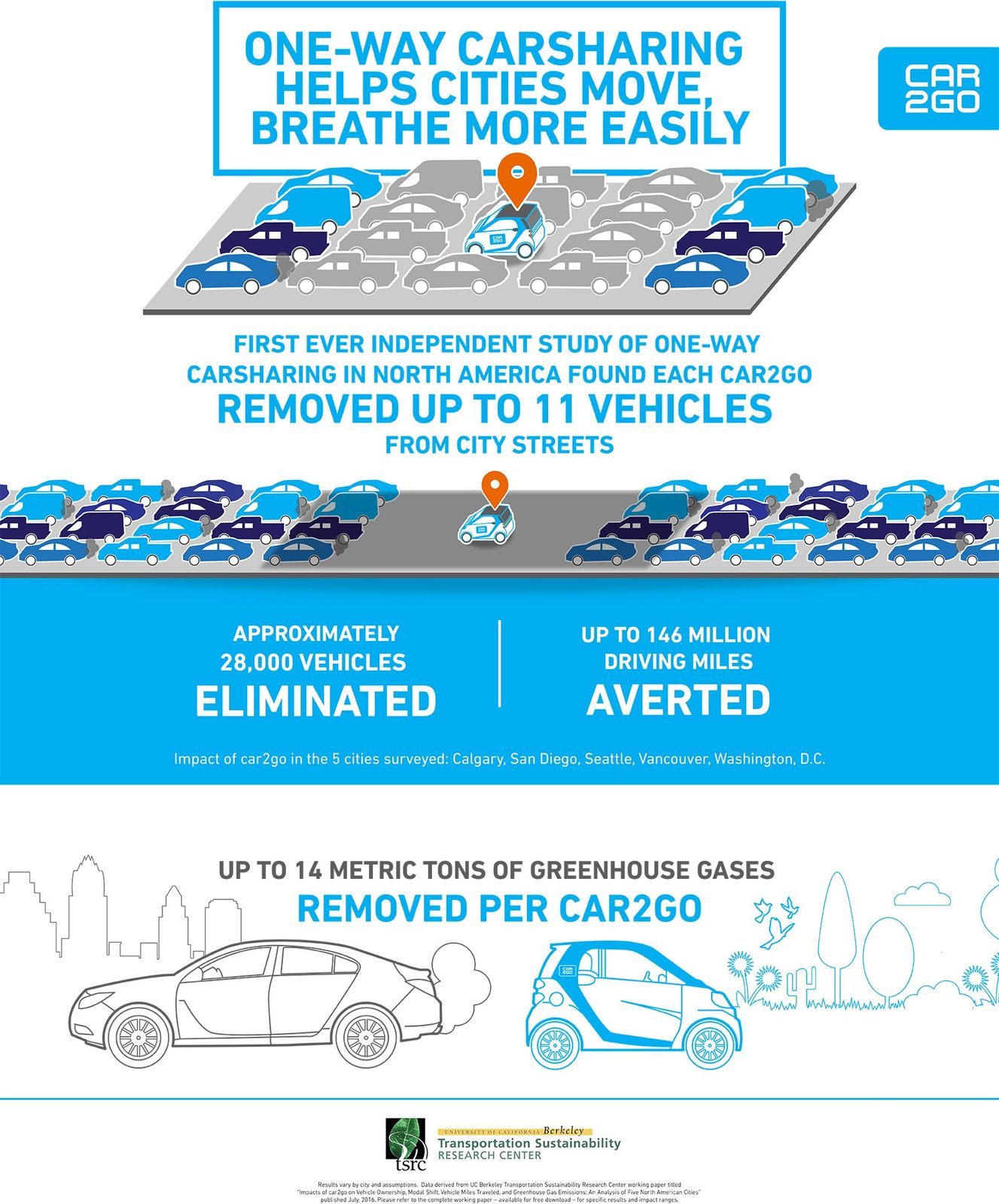
Car and ride sharing seem like the next El Dorado. From Uber to Volvo, every car giant or auto industry investor scrambles to get a share of the newest mobility market. Why is everybody going nuts for car sharing? We try to give an answer.
The last several years brought an auto sales boom, but the overall feeling in the industry is that this cannot continue in the long run. The question is: how can you constantly grow in a market that already peaked? One of the answers is, of course, by making money from the cars that you already sold. The other is to move from a transactional business to a customer-centric one. If the latter sounds too corporate for you, the article below might help you understand the industry's latest moves.
Why car sharing? The peak auto conundrum
Until now, carmakers made (a lot of) money in a transactional business system. The customer went to a dealership, bought a car, and then came back from time to time for servicing. The next carmaker – customer interaction was at the moment of a buyback or the sale of another new car, and that was it. At each of these interactions, the carmaker made some money – out of the new car, of the car parts and servicing, and the resale of the second-hand car.

The problem is, the next years will bring a very slow increase in this kind of transactions in developed markets, and even in the emerging ones. Both currently are heading towards a slowdown or downturn in sales. Market regulation also means the customer is not bound to go to the carmaker's workshops for car servicing and repair, so an important part of the aftersales revenue will continue to decrease.

But shareholders want continuous growth, so carmakers had to invent a new way to make money. Welcome, car sharing!
What is car sharing and why is it so attractive?
Car ownership in towns is getting more and more expensive, so sharing a car starts to look like a good alternative. However, most people also want to get a car at rush hour, or during the weekend, so actually having access to vehicles in a car-sharing economy is not a simple proposition, because there is a limited supply of cars at a given time. This is exactly the market identified by carmakers everywhere.

Access is the key word here. Because people are willing to pay not only for mobility but also for comfort, carmakers realized they have a vast inventory of vehicles just waiting for them to make more money: the tens of millions of cars sitting parked several hours per day. Hence, the rush to secure a piece of the forming pie. Things are starting slowly, currently with much smaller test fleets, but they'll develop fast in the following years.
Car sharing: how things will change in the next few years
Through car sharing, the transactional business cycle described above will be replaced by a customer-centric business model, in which the customer is not necessarily the owner of the car, but an individual that subscribes to the carmakers' mobility services.
The offer is already diverse and growing. Just some examples:
car2go – a subsidiary of Daimler AG (parent company of Mercedes-Benz). It's currently the largest car sharing service in the world, with two million subscribers. It offers access to a fleet of Smart ForTwo city cars via a downloadable smartphone app. Customers can share cars by the minute, hour or day. They just use the app to open the car and use it to go wherever they like, but within selected regions. Costs: 0.41 cents per minute, $15 per hour, and a $5 fee for joining the service.
Zipcar – the second-largest car sharing company, currently has one million members across 500 cities and 9 countries. The fleet of 12,000 Zipcars is diverse but composed mainly of small and compact cars (Toyota, VW, Audi, Ford, and Hyundai are some of the providers). Subscribers pay a $70 annual fee for occasional driving or can choose a $7 monthly driving plan. In addition, they have to pay between $8.75/hr and $79/day for actually using the cars.
Drivenow / Reachnow – BMW's European car sharing service Drivenow is currently also available in the US, under the Reachnow brand. With a fleet of more than 4,000 vehicles, Drivenow is growing fast, reaching 500,000 customers at the end of 2016. Users can rent an assortment of BMW, BMW i and MINI vehicles. The registration fee in Europe is 29€, and the promotional cost sits at 0.31€ per minute ($39 reg. fee and $0.41 per minute in the US), no matter for how long you drive the car.
Sunfleet – a car sharing service that will be expanded globally by Volvo. Currently available in 50 Sweden cities, it has over 50,000 customers that use a fleet of over 1,200 Volvo vehicles. Prices in Sweden start from a $0 monthly subscription fee and can rise to $110 per month for heavy users, with cars costing from $3.41 per hour and $0.11 per kilometer to $9 per hour and $0.23 per km. Expect similar prices with BMW's offerings when the service is extended worldwide.

Book by Cadillac – for a flat monthly fee, BOOK by Cadillac gives members access to the newest luxury Cadillac vehicles without the commitment of leasing, financing or buying. The fee is hefty ($1,500 per month), but the customer can switch between up to 18 different cars per year, almost all of them being high-spec Cadillacs.
Other car sharing services are based either on peer-to-peer ridesharing or on aggregating offers from several fleets. Some of the most known are Uber and Lyft (the biggest Uber competitor received $500 million in funding from GM), but also Karhoo (an aggregating ridesharing service brought back from the dead by Renault's financial arm RCI Banque), Gett (another Uber competitor, with a strong presence in UK, Russia, and Israel; it got a $300 million investment from VW), Hailo (Daimler bought 60% of it last year), and Blablacar (a more informal French ride-sharing solution).
What the future holds for car companies
The transformation from car-making companies to mobility providers will mean that understanding and proper customer communication will be essential. This will be accomplished through big data analysis and online integration. The customer uses an app to reserve and pay for cars, and the carmakers will use the same app to collect data about the customer's preferences.

At least in some car-sharing business models, like Uber and Lyft, the driver is also making money, no matter if he owns or not the car he's driving. This opens a whole new lot of problems – in some instances, regulations could force carmakers to employ drivers and take responsibility for what happens while the car is moving.
The advent of autonomous cars also means that the driver problem will be partially solved – the human element will be out of the equation, but accidents will still happen, and companies have to calculate extremely well how liable they'll be when they'd be sued.
Fast forward to 2025, and the auto industry as we know it will be gone. Automakers' growth will come from such services but also from online integration within the cars. The daily driver will be transformed into an autonomous living room on wheels, where the customer is paying for the ride, but also for entertainment or connectivity.
"Normal" cars will not remain immobile for hours in car parks but will be used several times until you finish your day at the office, and more often than not you'll return home in a different but similar car than you used to get to work.
You'll use cheaper and smaller city cars to move around the town, and enjoy bigger, sportier cars in the weekend. Sometimes, you'll skip the car entirely, but you'll still pay a carmaker to provide you with mobility assistance.
How does that sound to you?
